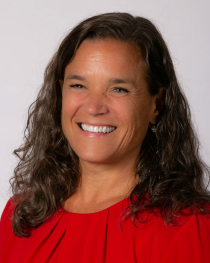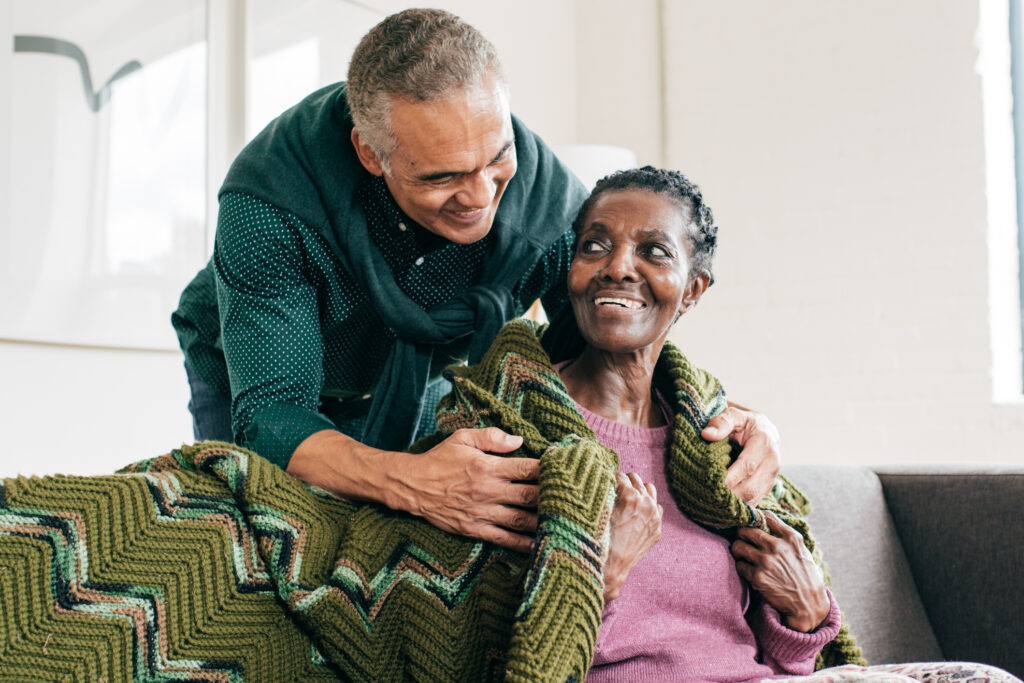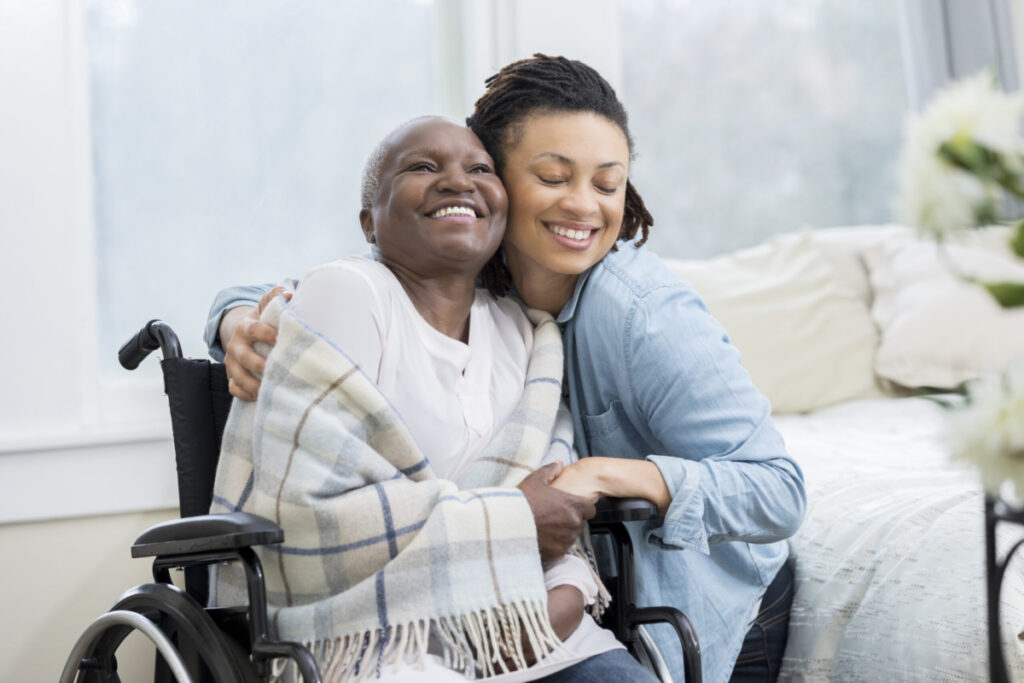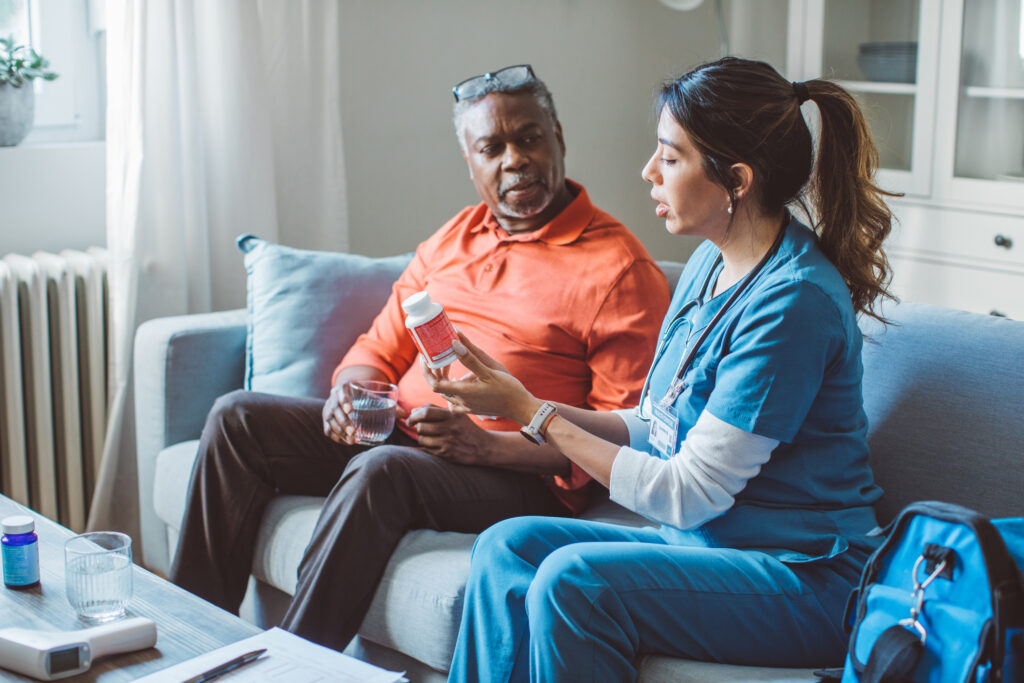Life expectancy for people with HIV has increased significantly as a result of sustained viral suppression with more effective antiretroviral treatment. More than half of people living with HIV in the U.S. are over 50, and an estimated 70 percent will be over 50 by 2030. Older Americans also now represent a significant percentage of new HIV cases, with 21 percent and 36 percent of HIV diagnoses among men and women, respectively, occurring in patients over 45 as of 2019. Aging with HIV can lead to a complex and varied set of challenges, including physical and behavioral health complications and limited awareness of and access to necessary treatment.
Rates of age-related diseases associated with inflammation, such as cardiovascular, renal, oncological, and osteoporotic disease are elevated in people with HIV — regardless of viral load suppression — as are neurocognitive and behavioral health challenges.
Debate continues on whether HIV infection may accelerate biological processes associated with aging. Regardless, intervention approaches should consider increased rates of multiple chronic conditions and geriatric syndromes at younger ages in people with HIV. Additionally, past research has identified higher-than-average rates of depression in older adults living with HIV, and a substantial percentage (25 percent) of this population is in recovery for substance use. Furthermore, many older adults with HIV have been forced to endure particularly severe isolation during the COVID-19 pandemic, given their immunocompromised status.
Taken together, aging with HIV is associated with a shifting and complex array of health and behavioral health needs, necessitating a whole-person care approach designed for older adults with HIV, who are sometimes referred to as people aging with HIV (PAWH). In addition, PAWH can face multiple and sometimes compounding forms of stigma –– around age, substance use, sexual orientation, gender identity, race, and history of incarceration –– that can exacerbate their mental health challenges and prevent them from seeking and adhering to HIV treatment. Those seeking treatment experience a shortage of experienced providers, in part because older people with HIV were a smaller population until recently. And many providers have insufficient awareness of HIV risk in this age group.
With this rapidly changing demographic, states can foster coordination across two historically disconnected systems of care to effectively meet the needs of this population. Action taken to date by the Health Resources and Services Administration (HRSA) indicates federal support for a whole-person care approach to supporting PAWH. HRSA has published a “Reference Guide for Aging with HIV” that endorses the use of a multidisciplinary approach to supporting both the health and quality of life of this population. In 2022, HRSA awarded grants to fund demonstration sites, a capacity-building provider, and an evaluation provider to collaboratively implement and test whole-person care approaches.
At the state level, New York has taken a similar demonstration approach, funding sites across the state to implement a similar whole-person care approach.
New York’s PAWH Pilot Initiative and Other Efforts to Support People Aging with HIV
New York has long been a leader on HIV policy, with the highest rate of HIV infection per capita of any state as of 2020. For years, PAWH have been a priority population in the state’s efforts to end AIDS as an epidemic. As part of New York’s Ending the Epidemic work, a specific statewide HIV and aging workgroup released its recommendations in 2016. In 2022, surveillance data showed that people over 50 currently make up 57 percent of all people living with an HIV diagnosis in New York and 18 percent of new diagnoses. Based on these numbers, years of feedback from the multiple interested parties, and trends, the state is pioneering PAWH service and intervention models that will provide practice-based insights into whole-person care approaches.
In fall 2022, the New York State Department of Health AIDS Institute awarded nine grants of $400,000 each to fund demonstration sites that provide an array of medical and social services to people aging with HIV and AIDS (a 10th award will be made in early fall 2023). Awardees are a mix of medical providers and community-based organizations. To receive funding through the PAWH Pilot Initiative, programs were required to provide case management and peer support services; they can complement these services with others from a menu that includes patient cognitive, functional, and behavioral screening. The state began funding the sites in December 2022, and services will begin in spring 2023. These grant awards provide funding for five years. The state’s primary goal in funding these demonstration sites is to gather data to inform future funding for PAWH services.
Additionally, the New York State Department of Health AIDS Institute was funded by HRSA in summer 2022 as the capacity-building provider for the HRSA Ryan White HIV/AIDS Program Special Projects of National Significance (SPNS) Program initiative, called Emerging Strategies to Improve Health Outcomes for People Aging with HIV. This national SPNS project, which funds 10 demonstration sites, aims to strengthen the evidence base for clinical and psychosocial services that improve the lives and health outcomes of people with HIV who are aging. Each site has identified its own set of intervention strategies based on its individualized patient needs and demographics. Together with the evaluation provider at the University of Chicago (NORC), the initiative uses an implementation science approach to implement emerging strategies that comprehensively screen and manage comorbidities, geriatric conditions, behavioral health, and psychosocial needs of people 50 and older with HIV.
New York has established mechanisms for provider education to ensure the needs of older people living with HIV are considered and met. The New York State Department of Health developed guidance for medical providers to address the needs of older patients in HIV care to raise clinicians’ awareness of their needs, inform them about an aging-related approach to older patients with HIV, and highlight good practices to help clinicians provide optimal care for this population.
In addition to sponsoring clinical training opportunities, the AIDS Institute within the state’s Department of Health has funded a Center of Expertise to provide ongoing HIV and aging training to non-clinical providers. The AIDS Institute is participating and contributing to the state’s Master Plan for Aging.
New York’s pilot initiative and HRSA demonstration site approaches provide a number of different ideas for states seeking to pursue strategies to address people aging with HIV and AIDS.
Acknowledgements
The National Academy for State Health Policy (NASHP) would like to thank the state officials from New York Department of Health, Bureau of Community Support Services, Joseph Kerwin, John Hartigan, and Clemens Steinbock; who contributed to this resource by sharing detailed information to advance best practices in supporting people aging with HIV/AIDS. This project was supported by the Health Resources and Services Administration (HRSA) of the U.S. Department of Health and Human Services (HHS) under co-operative agreement number UD3OA22891, National Organizations of State and Local Officials. The information, content, and conclusions are those of the author and should not be construed as the official position or policy of, nor should any endorsements be inferred by HRSA, HHS, or the U.S. government.




